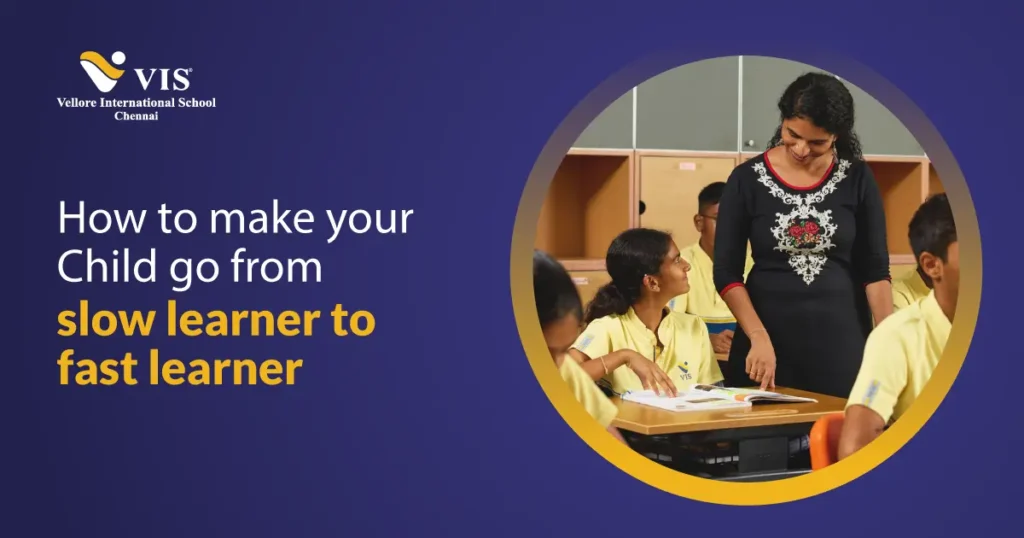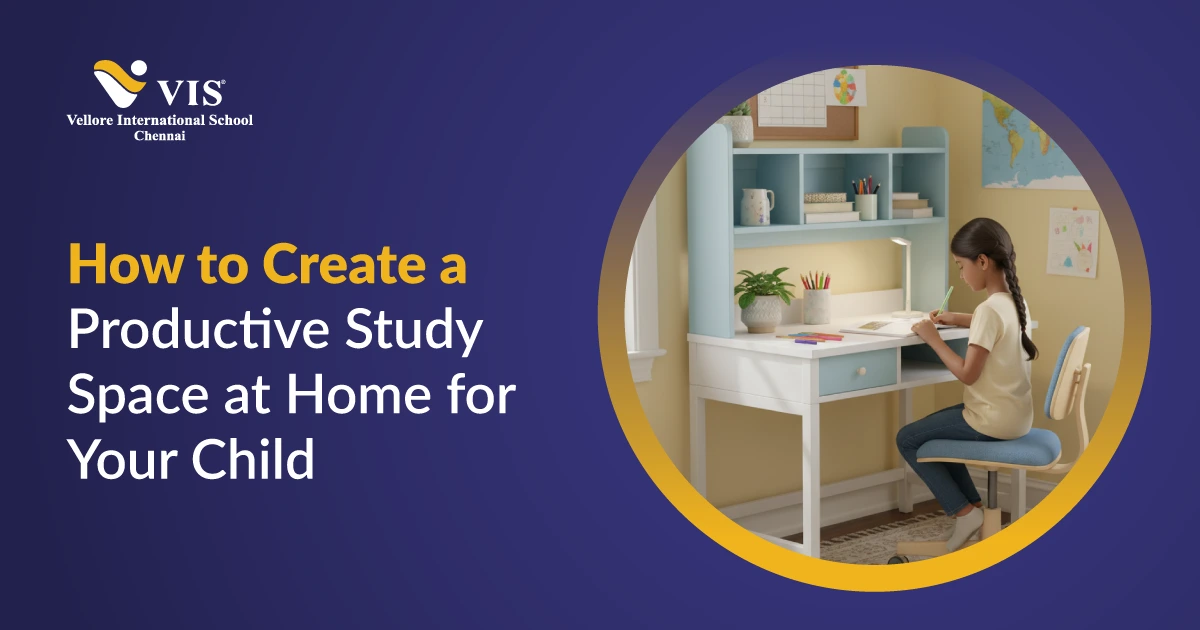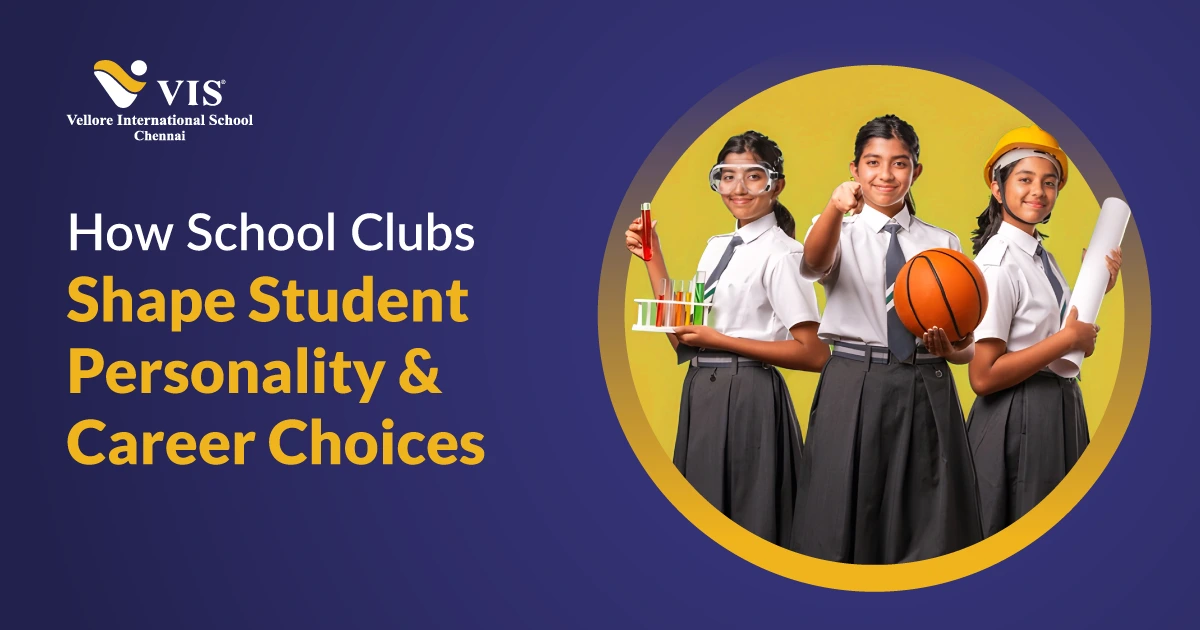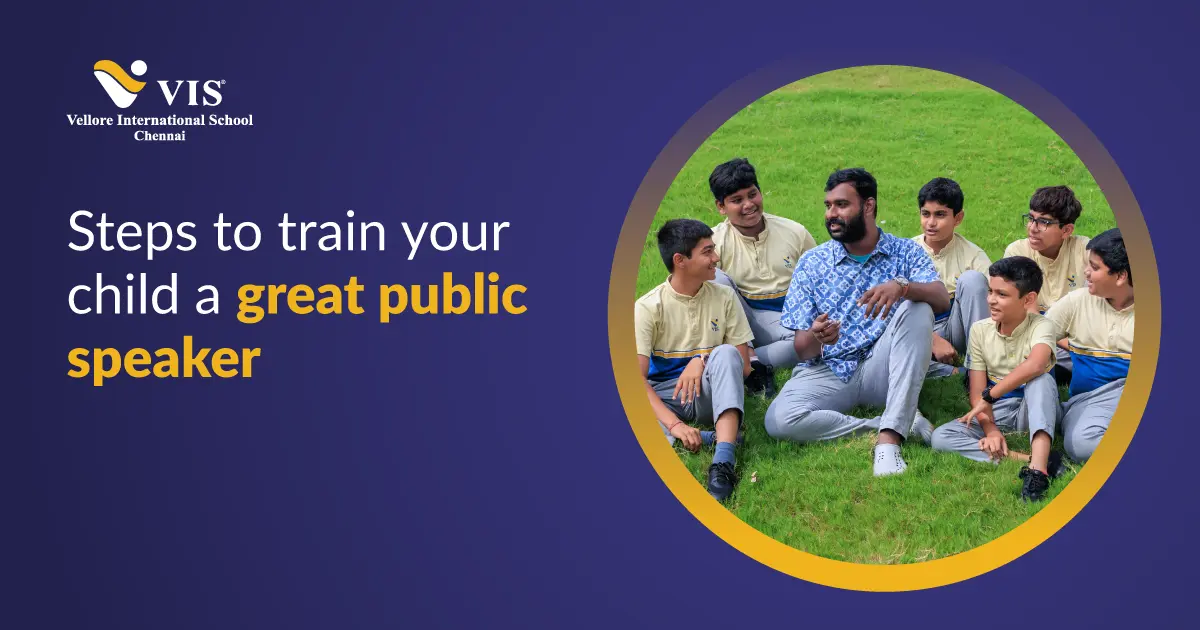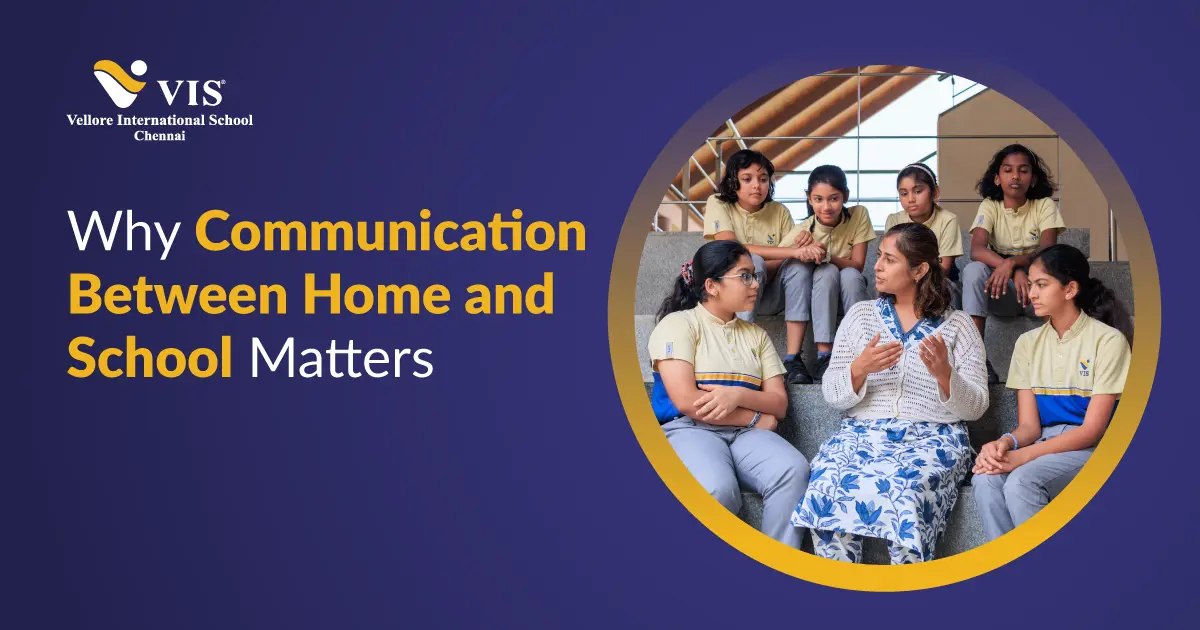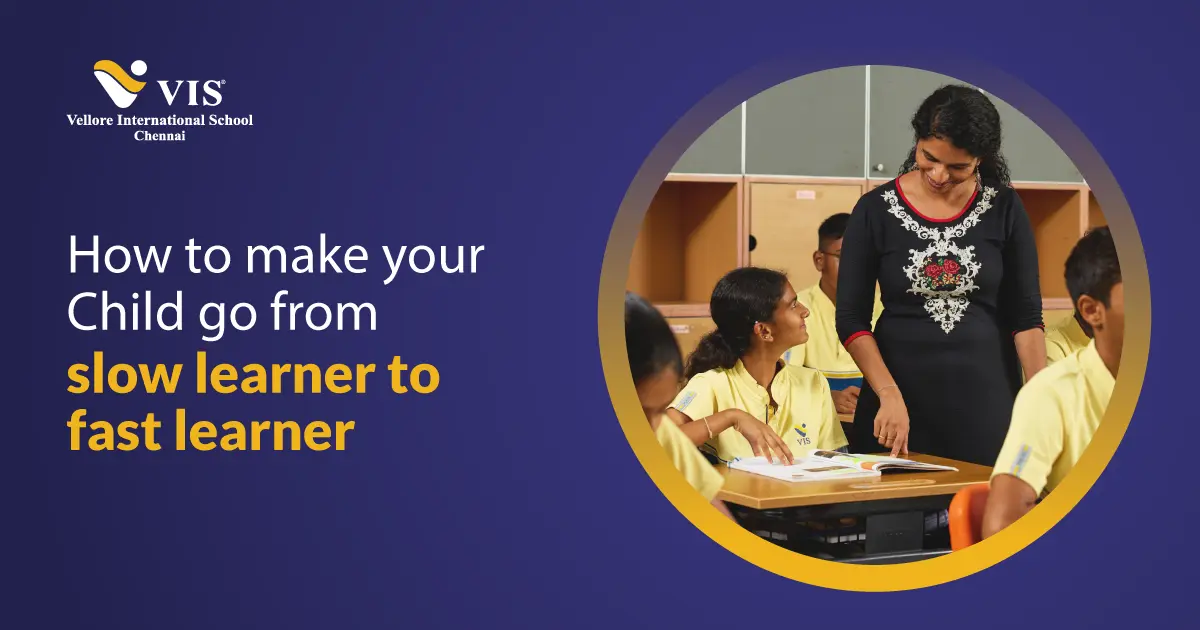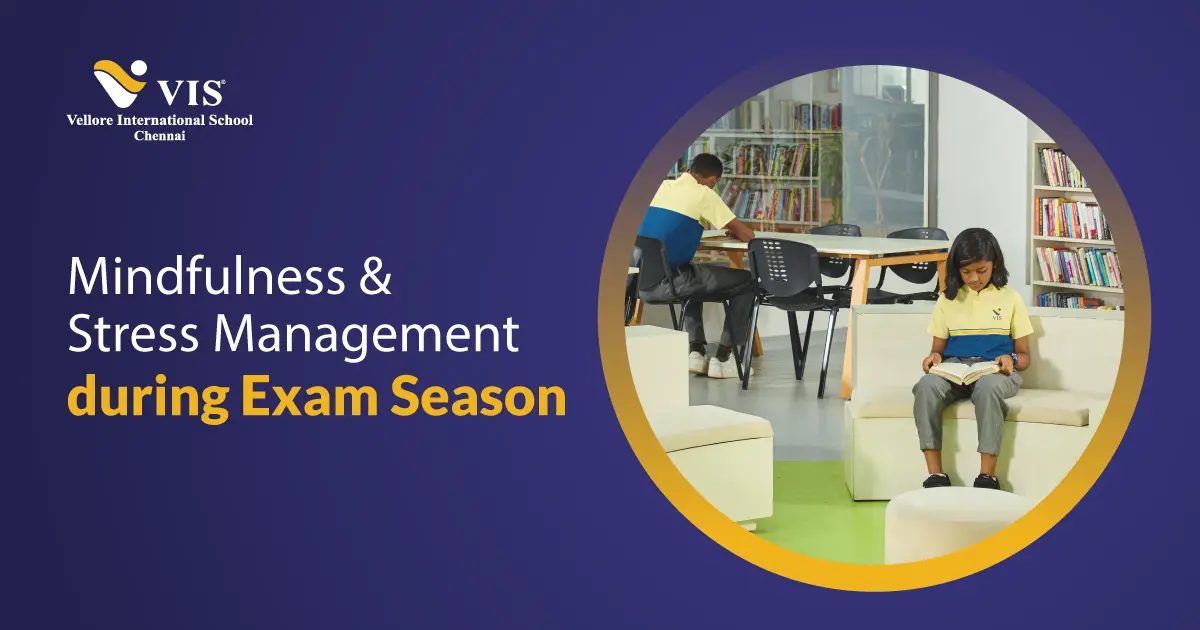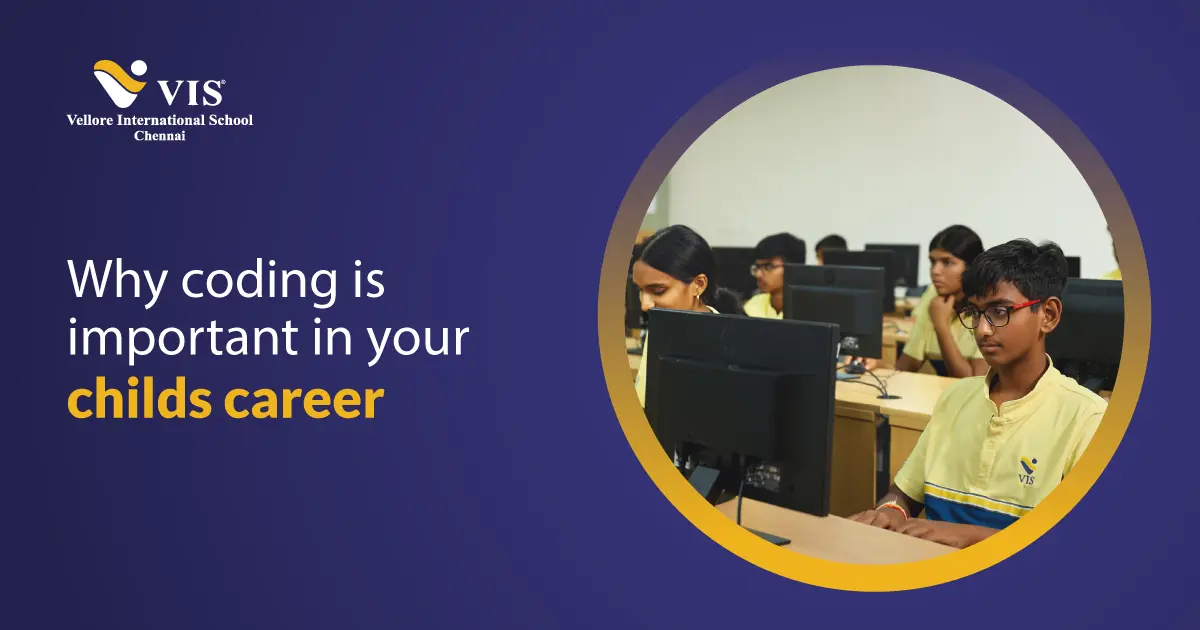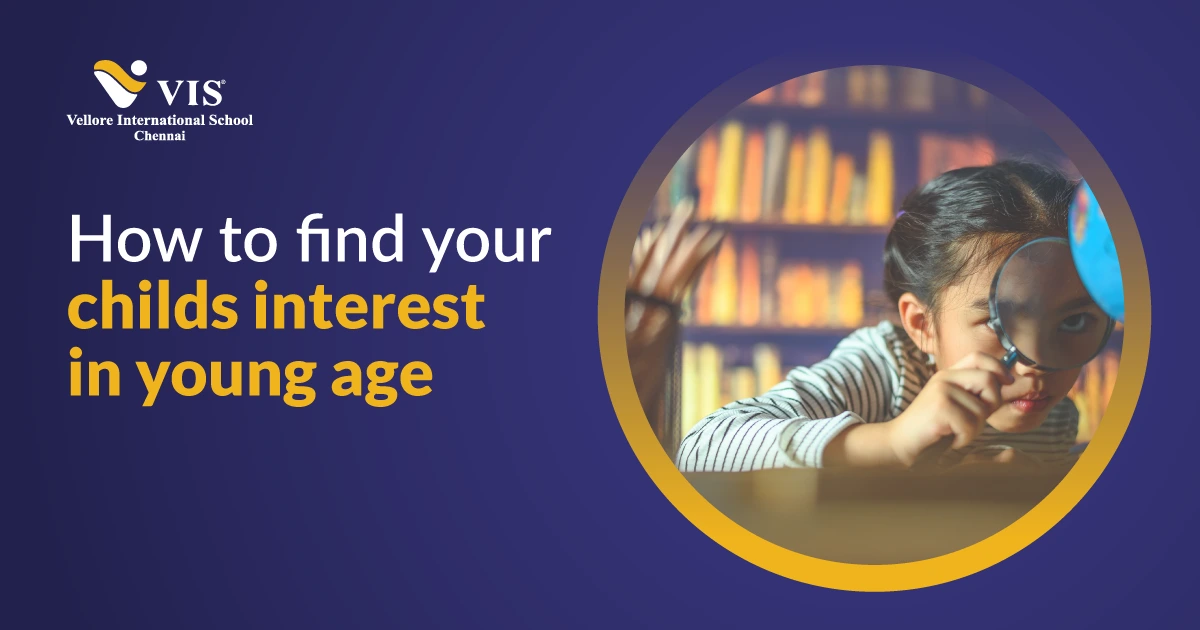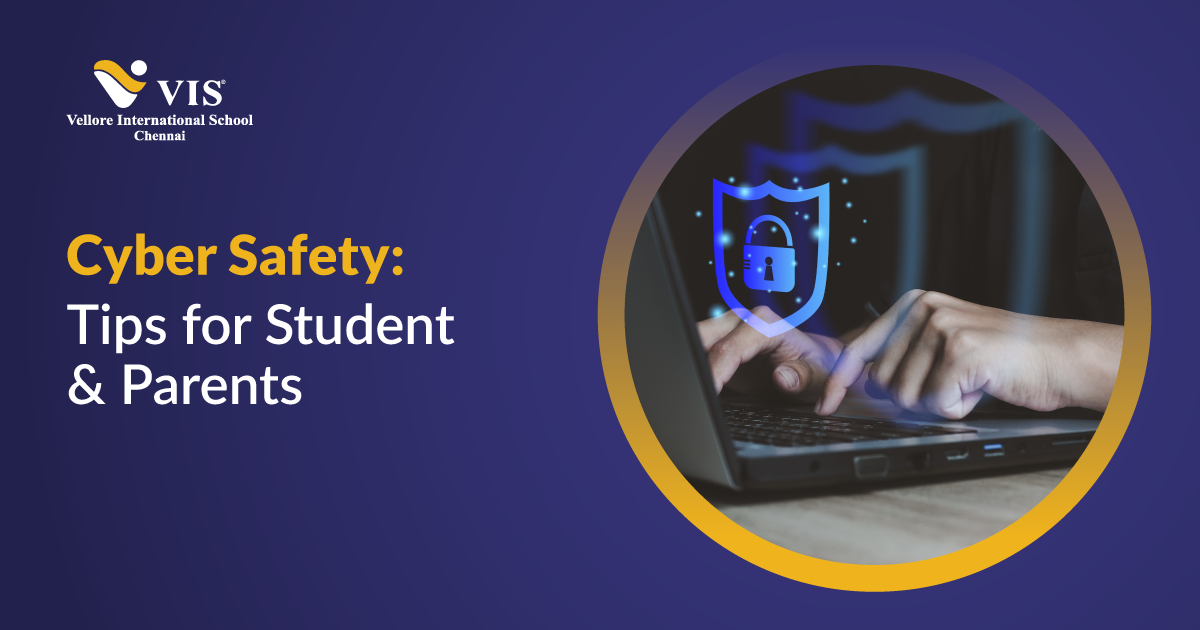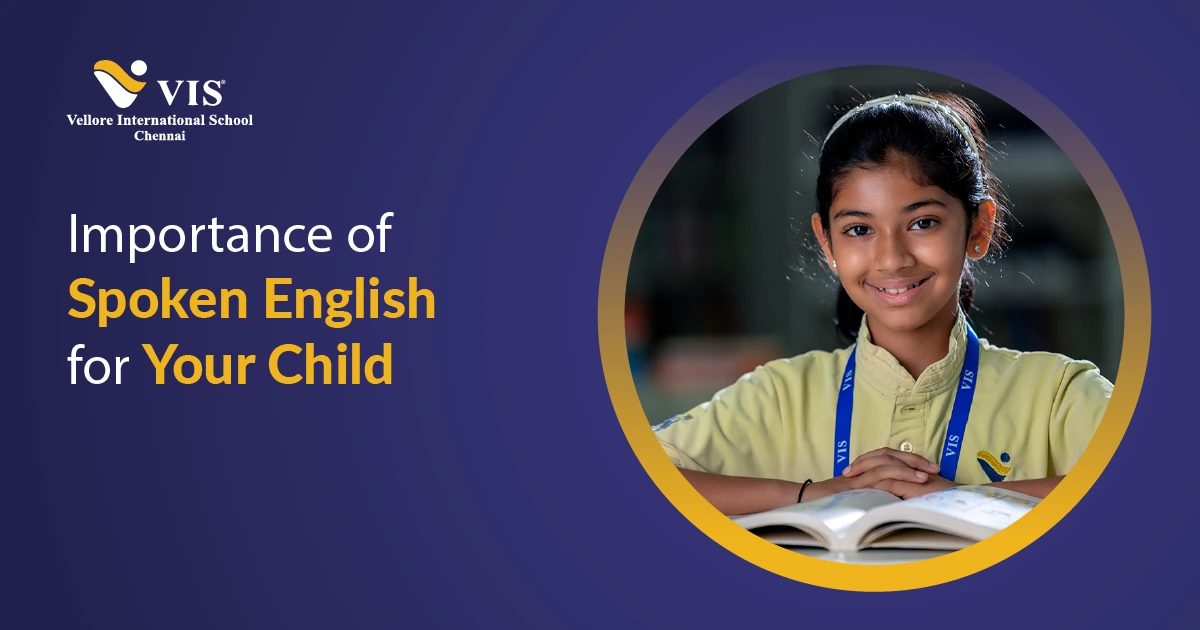Helping children learn effectively is one of the most meaningful roles parents and teachers can play. Every child is unique, with different strengths, abilities, and a pace of learning. Some children grasp lessons quickly, while others take more time to understand.
The good news is that with the right strategies, guidance, and encouragement, it is possible to transform a child from a slow learner to fast learner. This blog explores proven methods, psychological insights, and practical tips that parents and teachers can use to support children.
Understanding the Learning Spectrum
A) Every Child Learns Differently
Learning speed is not about intelligence alone. It reflects the combination of environment, teaching style, motivation, and emotional support. A child labelled “slow” may simply need a different way of explanation, more practice, or greater emotional reassurance.
B) Why Some Children Learn Slowly
- Attention Span Issues: Difficulty concentrating for long periods.
- Lack of Interest: The subject may not be engaging.
- Learning Gaps: Missed foundational concepts earlier.
- Emotional Barriers: Anxiety, fear of failure, or lack of confidence.
- Teaching Style Mismatch: The way the subject is taught may not suit the child’s natural style.
Recognising these factors is the first step in helping children shift from slow learner to fast learner.
C) The Role of Mindset in Learning
The biggest transformation often begins with the right mindset. Carol Dweck’s research on growth mindset highlights how children who believe intelligence can be developed are far more motivated than those who see it as fixed.
- Encouragement Over Labels: Avoid tagging children as “slow” or “weak”.
- Celebrate Small Wins: Progress, no matter how minor, should be praised.
- Teach Persistence: Failure is a step toward mastery.
By instilling a growth mindset, children start to believe they too can move from slow learner to fast learner, which boosts their performance across subjects.
D) Building Confidence in Learners
Confidence is a silent yet powerful driver. Children who believe they can learn will learn faster.
Ways to build confidence include:
- Giving leadership opportunities in class.
- Praising effort, not just results.
- Encouraging public speaking or debates.
Confidence converts hesitation into participation—a key step in turning a slow learner to fast learner.
Practical Strategies to Transform Learning Speed
Helping a child move from a slow learning pace to a faster one requires consistent and structured methods. Below are five practical strategies that parents and teachers can apply to create lasting improvements in learning efficiency.
1. Personalised Learning Plans
Every child learns differently, and expecting one method to suit all students often leads to frustration. Personalised learning plans take into account a child’s natural style, whether they are visual learners who benefit from diagrams, auditory learners who grasp concepts better through listening, or kinaesthetic learners who understand best through hands-on activities.
For example, a child struggling with multiplication may benefit from colourful flashcards or even counting beads instead of standard worksheets. Tailoring lessons in this way ensures that children engage more deeply with the material, making it easier for them to transition from slow learner to fast learner.
2. Active Learning
Active learning transforms passive absorption into meaningful engagement. Instead of merely listening to lectures, children should be encouraged to interact with knowledge. For instance, summarising a story in their own words develops comprehension and communication skills.
Real world math problems, like calculating discounts while shopping, show children how concepts apply outside the classroom, making the learning experience practical and memorable. Similarly, conducting science experiments at home allows them to see theories come alive. This type of interaction builds confidence and speeds up the learning process.
3. Memory Techniques
Retaining information is often a challenge for children who appear slow in learning. Memory enhancing techniques can improve their ability to recall lessons. Mnemonics, such as catchy rhymes or acronyms, help store facts in long-term memory.
Visualisation is another powerful tool, turning a history timeline into a series of illustrated images makes remembering easier. Chunking, or breaking large topics into smaller, manageable parts, prevents overwhelm and improves focus.
4. Structured Routines
Discipline and routine are essential for learning progress. A child who studies at random times may find it harder to concentrate. Establishing a fixed schedule for study, play, and rest signals the brain when it is time to focus and when to relax.
Over time, this habit reduces resistance and increases productivity. Structured routines also reduce procrastination, helping children cover more material in less time.
5. Feedback and Reflection
Constructive feedback is critical in guiding children toward improvement. Instead of simply pointing out mistakes, feedback should highlight strengths and suggest solutions. Reflection further deepens learning.
Children should be encouraged to ask themselves, “What was difficult for me today? How could I try another method tomorrow?” This self awareness builds resilience and problem solving skills, essential qualities for transforming into fast learners.
6) Technology as a Learning Accelerator
Digital tools can speed up learning:
- Gamified Apps: Math or language learning apps make studying fun.
- Videos & Animations: Complex topics simplified with visuals.
- Online Quizzes: Instant feedback keeps students engaged.
When used wisely, technology helps students accelerate learning without pressure.
The Role of Parents in the Transition
Parents are truly the first teachers in every child’s life. Their attitude, patience, and encouragement create the foundation for how a child perceives learning. When a child struggles, parental involvement becomes even more critical in helping them move from a slow learner to fast learner.
1) Encouragement at Home
A child who feels supported at home develops greater confidence in school. Parents should create a safe space where curiosity thrives. When children ask “why” and “how”, they must be met with patience rather than dismissal.
Small gestures, listening attentively, praising effort, and showing interest go a long way in motivating children to keep trying, even when the lessons feel difficult.
2) Limit Comparisons
Nothing damages a child’s self-esteem more than constant comparison with siblings, cousins, or peers. Each child has a unique learning curve, and progress should be measured against their own past performance.
Acknowledging even small improvements helps children believe in themselves, which is a vital step in becoming faster learners.
3) Resources and Tools
Parents can strengthen learning by providing age appropriate resources. Storybooks, puzzles, science kits, and educational apps make learning fun and practical. These tools extend the classroom experience, ensuring children build knowledge in diverse and engaging ways. With the right parental guidance, learning transitions become smoother and more joyful.
Practical Tips for Parents to Try Today
- Use Flashcards for quick recall.
- Break Tasks into Steps – small goals prevent overwhelm.
- Regular Short Breaks – avoid fatigue.
- Reward Effort – small incentives for progress.
- Storytelling Sessions – to boost language and imagination.
These little habits compound over time and aid in turning a slow learner to fast learner.
The Role of Teachers and Schools
Teachers are equally instrumental in this transformation. Effective strategies include:
- Differentiated instruction.
- One on one mentoring for struggling students.
- Collaborative group activities that allow peer learning.
- Continuous assessment to detect gaps early.
A supportive school environment is the foundation of turning a slow learner to fast learner.
Vellore International School’s Approach
At Vellore International School (VIS), the philosophy goes beyond traditional teaching. Vellore International School focuses on nurturing the whole child, academic, emotional, physical, and social. By blending modern teaching methods with personalised attention, VIS ensures that no child is left behind.
Teachers at VIS identify each student’s strengths and learning style, providing guidance that helps them progress steadily. Classrooms are interactive, filled with discussions, projects, and explorations. For a child who may initially seem like a slow learner, this environment builds confidence and gradually transforms them into a fast, independent learner.
Final Thoughts
Helping a child transition from slow learner to fast learner is not about pressuring them, it’s about providing the right tools, environment, and mindset. With personalised strategies, emotional support, and engaging methods, every child can realise their potential.
Schools like Vellore International School exemplify how structured, empathetic, and innovative teaching can make this transformation possible. When parents and teachers work hand in hand, the shift is not only achievable but life-changing.
FAQs:
1. How can I help my child go from a slow learner to fast learner at home?
Parents can help by creating a supportive environment at home. Encourage curiosity, avoid comparisons, and provide learning tools like books, puzzles, and apps. Consistency and positive reinforcement speed up the transition.
2. Does being a slow learner mean my child is less intelligent?
Not at all. A child labelled “slow” may simply need more time, personalised teaching methods, or confidence building. With the right approach, they can successfully move from slow learner to fast learner.
3. What role does school play in turning a slow learner to fast learner?
Schools that focus on personalised attention, interactive learning, and skill development play a vital role. Institutions like Vellore International School nurture students with tailored strategies to bring out their full potential.
4. Are digital tools and apps effective for slow learners?
Yes. Educational apps, gamified quizzes, and visual learning platforms make concepts easier to understand. They make the transition from slow learner to fast learner more engaging and enjoyable.
5. How long does it take for a slow learner to become a fast learner?
There is no fixed timeline. It depends on the child’s needs, consistency in practice, and emotional support. However, with structured guidance, most children show noticeable progress within a few months.

